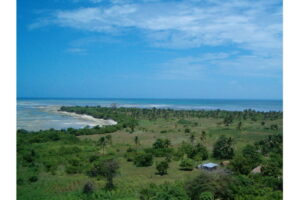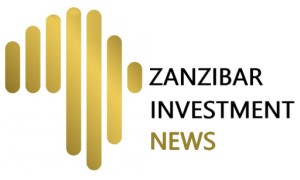Nearly two dozen bullets were fired at the Toyota Landcruiser in which Sharif and his brother were travelling. One shot went through his head.
Sharif was a critic of the powerful Pakistani military and supporter of the country’s former prime minister Imran Khan, who was ejected from office following a parliamentary no-confidence vote in April.
Sharif’s death is unusual in that journalists with his profile rarely get killed, even by accident, in countries where they live in exile or refuge these days unless they’re covering a conflict. In the past, it was a dangerous business.
In Africa, the racist regime in South Africa then, particularly targeted anti-apartheid activists and journalists abroad.
Most notably, on August 17, 1982, in Maputo, Mozambique, anti-apartheid activist, scholar, and journalist Ruth First was killed by a parcel bomb sent by the South African police.
Sharif’s death brings the number of journalists and media workers killed worldwide so far in 2022 to at least 60 and confirms a terrifying trend this year. According to UNESCO, 55 journalists and media workers were killed around the world in 2021, which was the lowest annual death toll in over a decade. However, there are slightly over two months to go in the year, and that number has been surpassed already.
While the number of journalists killed was down last year, those jailed reached a record 293, the highest in nearly 20 years. The clampdown on journalists brought on by the Russia-Ukraine war, in the recent “hijab” protests, the Tigray war in Ethiopia, and the new wave of military coups in West Africa, look likely to combine and contribute to new records of journalists jailed.
Otherwise, the killing of journalists in Africa is sharply down this year. Somalia, in recent years the most dangerous place for journalists in Africa, has seen notably few casualties so far. After a mostly safe spell for most of 2022, Somali National TV journalist Ahmed Mohamed Shukur was killed on September 30, 2022, in a roadside bomb blast in the town of Basra while covering a security operation against militant group al-Shabab.
On February 9, 2022, unidentified people in Chad’s southern village of Sandana shot and killed Evariste Djailoramdji, a reporter working for the local broadcaster Lotiko Radio, while he covered a conflict in the area.
At the end of August, Bruno Koko Chirambiza, a 24-year-old Radio Star reporter, was stabbed in the city of Bukavu in the eastern Democratic Republic of Congo.
There was a time when that number of journalists were killed just over a weekend in Somalia.
Outside conflict zones (the killings of journalists in crossfire in Ukraine have considerably bumped up the numbers for 2022), the number of journalists killed and arrested (at least up to the end of 2021) was trending down for the strangest reason – technology. As most journalism moves online and on social media, sending goons with bats to clobber a troublesome scribe to death is less necessary.
The media censors, too, have moved online. They have discovered that getting 100 trolls to pile on a journalist all day, threatening via social media to cook and eat their children live in the town square and to burn her grandmother’s house, can have a far more chilling effect than threats of physical attack. Somali journalists called it a “digital siege”.
In the past, you could hide a threat from your family or spouse. Today, they might read it before you, and when you get and are greeted by the terrified look in your children’s eyes, you need no other encouragement to self-censor.
It will be interesting to see what further investigations into Sharif’s death will unearth and if there will be any arrests or prosecutions.
Looking ahead and against the growing “digital siege” background, we could be headed into very strange times. In countries where there is not even the pretence of free media and no space for a few brave and suicidal souls to poke those in power, you hardly have any journalists jailed or killed. There is no opportunity to cause offence or make a mistake.
In such countries, there are no bold bloggers, or journalists posting critical tweets about the head of state, while they are in the country. Most of the critical journalism is done by the diaspora and exile journalists.
It’s only in the countries with a reasonable degree of media freedom and some level of commitment to the rule of law that journalists will soldier on unafraid of those in power, or the trolls on social media, in the belief that they have some legal and democratic protections.
Exposed, they are more likely to be physically harmed. From all accounts we have read, Sharif wasn’t afraid in Kenya.
Share this news
This Year’s Most Read News Stories

‘Sovereignty alone won’t solve Zanzibar economic woes’
The ruling party in Zanzibar on Monday , March 13, responded to growing demands for full autonomy in the Islands, saying sovereignty doesn’t guarantee economic strength.Continue Reading

Zanzibar airport monopoly puts 600 jobs at risk
On September 14, 2022, the director general of ZAA issued a directive that gave Dnata Zanzibar Aviation Services Limited an exclusive access to the newly constructed Terminal III, barring other operators.Continue Reading

Muslims in Pemba conduct special prayer against ZAA decision
ZANZIBAR: More than 200 Muslims in Vitongoji Village, South Pemba Region over the weekend conducted a special prayer to condemn the Zanzibar Airports Authority (ZAA) move to appoint DNATA as the sole ground handler in Terminal III of the International Airport of Zanzibar. Abeid Amani Karume.Continue Reading











